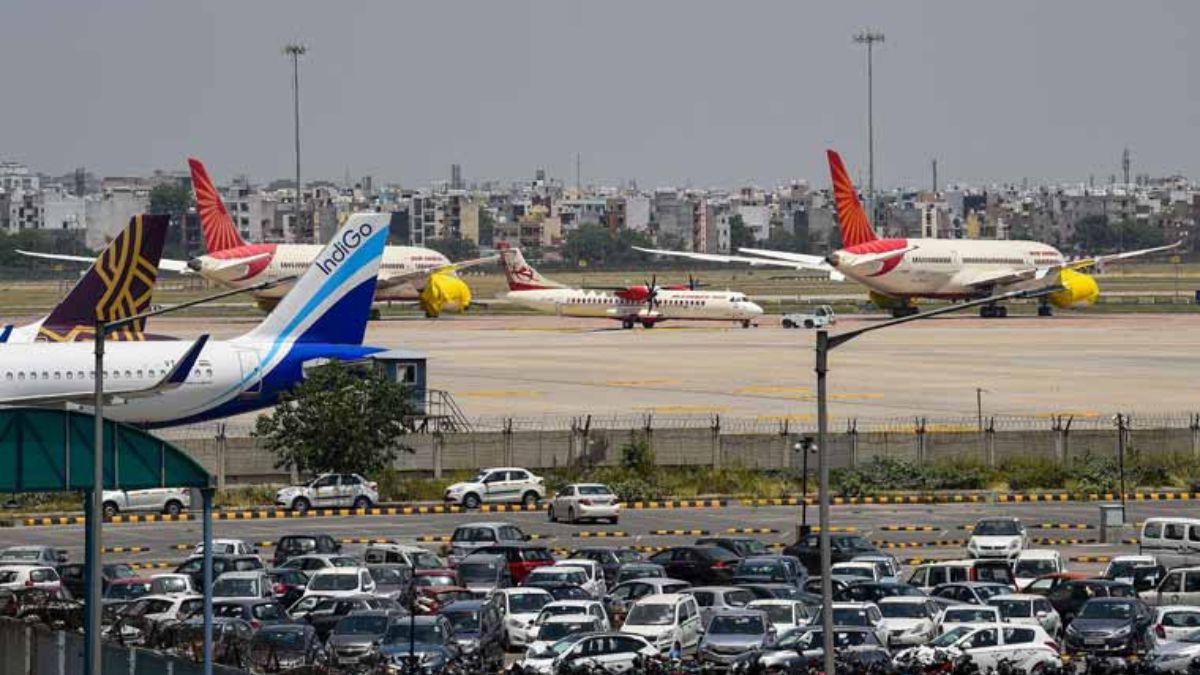Indian airlines have been targeted by a wave of hoax bomb threats this week, with close to 100 incidents reported so far. While all the threats have been confirmed as false, they caused significant disruption to airline operations, resulting in passenger inconvenience and placing immense pressure on aviation security systems.
In aviation, safety and security are paramount, meaning even non-credible threats from anonymous and unverified social media accounts can have a disproportionate impact on flight operations. Just a few keystrokes are enough to send airlines and security agencies into a frenzy, highlighting the delicate balance between ensuring safety and managing disruption.
“We know that 99.99 per cent of the threats will turn out to be fake. But no one wants to take a chance with the remaining 0.01 per cent cases as well. That is why despite strict pre-departure security checks at Indian airports, we take bomb threats very seriously, knowing fully well that most will turn out to be fake,” a senior official with the Ministry of Civil Aviation (MoCA) told The Indian Express.
When an aircraft receives a bomb threat, a comprehensive security protocol is immediately activated, which may involve diverting the aircraft to the nearest suitable airport. Upon landing, both the aircraft and passengers’ luggage undergo a rigorous security screening. The process requires close coordination between various stakeholders, including security agencies, airlines, and airport operators, and can take several hours to ensure complete safety before concluding the investigation.
How do airlines and airports react to bomb threats?
When an airline or airport receives a threat concerning a domestic flight already in the air, an urgent meeting of the airport-specific Bomb Threat Assessment Committee (BTAC) is immediately convened. Each airport has its own BTAC, composed of representatives from the Central Industrial Security Force (CISF), Bureau of Civil Aviation Security (BCAS), the concerned airline, and the airport operator.
Typically, the BTAC is convened at the departure airport but also connects with the BTAC of the destination airport to determine the appropriate response, according to industry insiders. The committee’s primary focus is to assess the credibility of the threat based on various factors such as the details, timing, and source.
If the threat is considered “specific,” the BTAC instructs Air Traffic Control (ATC) to relay necessary actions to the pilots. In the case of a “non-specific threat,” no immediate action is required. However, government and airline officials note that most threats are treated as specific—out of an abundance of caution—prompting the implementation of a comprehensive security protocol.
“Based on what the committee decides, the ATC informs us of the threat and the recommended course of action. It could include returning to the airport where we departed from, heading to the destination airport, or diverting to a suitable nearby airport capable of handling the situation,” said a senior airline pilot informed The Indian Express on the condition of anonymity.
If a bomb threat is received before the plane departs, and the airport’s Bomb Threat Assessment Committee (BTAC) classifies it as a specific threat, the aircraft is typically moved to an isolated bay for a detailed security check.
In cases involving international flights of Indian airlines that have already left Indian airspace, the situation becomes more complex. Foreign air traffic control (ATC), security agencies, and committees also get involved in determining the appropriate course of action, which may include diverting the flight to a different airport or granting priority for an emergency landing at the destination airport.
What happens upon landing of the flight?
Once an aircraft that received a bomb threat, deemed specific by the BTAC, lands, it is immediately directed to an isolated bay. Passengers and crew members are swiftly deboarded, and all baggage, cargo, and catering materials are offloaded. These items, along with the passengers, undergo thorough rescreening.
The empty aircraft is then meticulously inspected by airline engineering and security teams, using sniffer dogs, scanning machines, and other specialized equipment. If nothing suspicious is found, the aircraft is cleared for further operations. However, if a suspicious object is discovered, bomb disposal squads and security personnel step in, while emergency response teams, including firefighters and medical staff, remain on standby throughout the process.
Inconvenienced passengers, hassled airlines – What happens next?
The process of screening passengers and their baggage after a bomb threat is highly time-consuming, leaving passengers stranded at the airport until authorities give an all-clear. This not only causes major inconvenience but also impacts airlines, as affected aircraft are grounded, leading to long delays or even flight cancellations.
The situation worsens when flights are diverted to another airport, especially abroad, as airlines face additional costs for accommodation, alternate transport, and crew rotation due to flight duty time limitations (FDTL). Recent incidents include Air India and Vistara flights diverted to remote airports in Canada and Turkey, respectively, requiring special arrangements for stranded passengers.
In response to the surge in threats, the Ministry of Civil Aviation (MoCA) is working on stricter regulations and is coordinating with other government departments to impose harsher penalties on those responsible for such threats.






